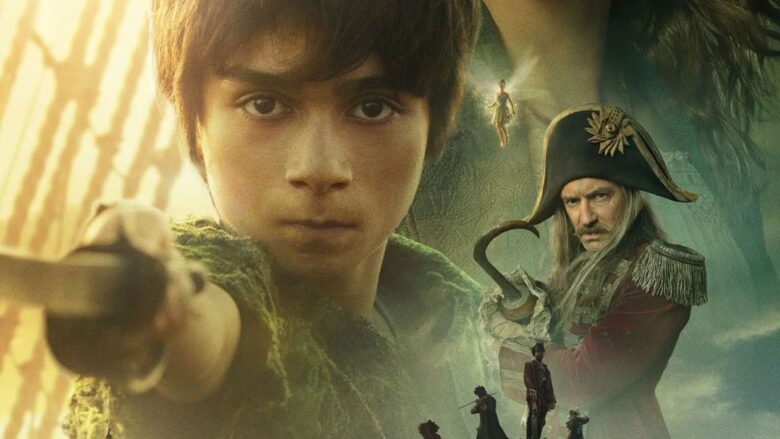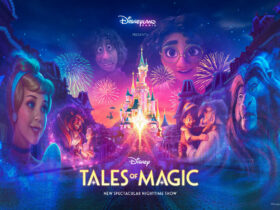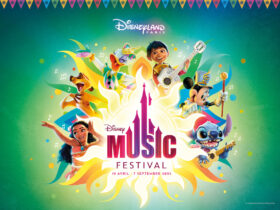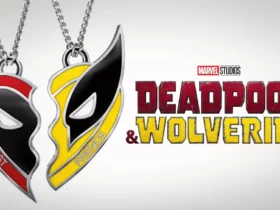Peter Pan and Wendy, released on April 28, 2023 on Disney+, is one of a long line of live action remakes that attempt to revisit Disney classics. It’s time to review this latest creation.
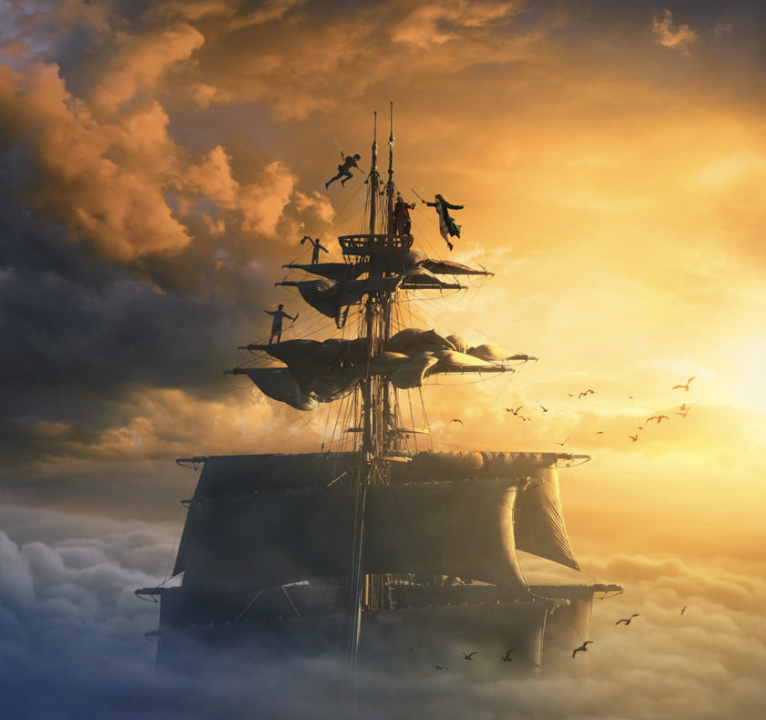
For many years now, Disney has been trying to give a second life to its greatest animated classics through live action remakes. But this is a very complex challenge for the studios. They have to find the right balance between remaining faithful to the original animated film and innovating so as not to have the impression of watching a simple rehash in live action. Did Peter Pan and Wendy succeed?
A gloomy world far from Neverland:
First of all, it seems that Disney Studios seems to associate the real world with a lack of colour, a lack of light, and goes out of its way to make the simplest moments of joy dark and gloomy. This has become almost recurrent in these live actions.
From the very first scenes of the film, the announcement is made: do not expect to be amazed. The atmosphere at the Darling’s is heavy, the tones are gloomy, the storm is in full swing outside. A far cry from the cheerful and colourful atmosphere of the cartoon.
Don’t expect to see Peter, Wendy, John and Michael all flying and singing together to dream their lives away in colour. Yes, that magic-filled scene is not part of the feature film, nor is the song that goes with it. Instead, watch the siblings jump out of the window without further ado. Don’t expect to see them flying over London with stars in their eyes either. The shots are so dull that it’s much more beautiful in the Disneyland Paris attraction.
The apotheosis of sadness is Neverland. Where are the different universes and the impression that the seven continents are all in one place? Where are the waterfalls, the mermaids, the exotic animals, the colours? Neverland is far from being the haven of joy and madness it used to be, it doesn’t even deserve its name anymore. No wonder Wendy wants to leave as soon as she arrives.
Different characters, for better or for worse?
The characters are redesigned and worked on in more depth than in the cartoon.
We start with Tink, who is no longer Peter’s jealous fan of Wendy, far from it. We discover a docile Tink. She offers her fairy dust willingly and becomes friends with Wendy in the blink of an eye. My personal opinion is that this takes away from the character who becomes almost too malleable and executes on the spot the slightest request (or order?) from Peter. A characterless fairy that you want to shake to try to make her react.
Quite the opposite of Wendy, a reckless girl who doesn’t let her feet be walked on. Gone is the girl who admires Peter. This Wendy is rebellious and doesn’t take long to realise that Peter doesn’t quite fit the image she had of him. She doesn’t hesitate to shout at him and tell him the truth.
Finally, it is Hook who is the most surprising. He is no longer simply the villain of the film. We discover a deep, wounded being, much more sought after than in the original script. It was a pleasure for me to rediscover Captain Hook.
Not everything is as dark as Neverland:
There are a few positive points to this film.
First of all, the relationship between Peter and Hook, which is anything but a simple confrontation between bad guy and good guy. The relationship is researched and the reason for their battle explained. We see that their little war is not just a confrontation between the bad guy and the good guy. Their resentment is deeper than the cartoon suggests. This makes Hook almost endearing and Peter almost annoying. But both repent and it almost seems like a reconciliation and a happy ending.
The film lives up to its name. It is Peter Pan AND Wendy. Peter is no longer the only main character and Wendy takes a prominent place in the film. Whereas in the original she is rescued by Peter, in this one she takes her fate into her own hands and fights alongside Peter against the Pirates. She is no longer just a girl, she is a warrior.
Finally, a good point for inclusiveness, especially in the group of Lost Boys. Indeed, they are no longer just boys but also girls. The children are of all origins and there is even a little boy with Down’s syndrome. Yes, anyone can refuse to grow up. It is up to each of us to see this as a distortion of J.M. Barrie’s work, but I have always wanted to be one of the lost boys, so I am delighted to see girls.

